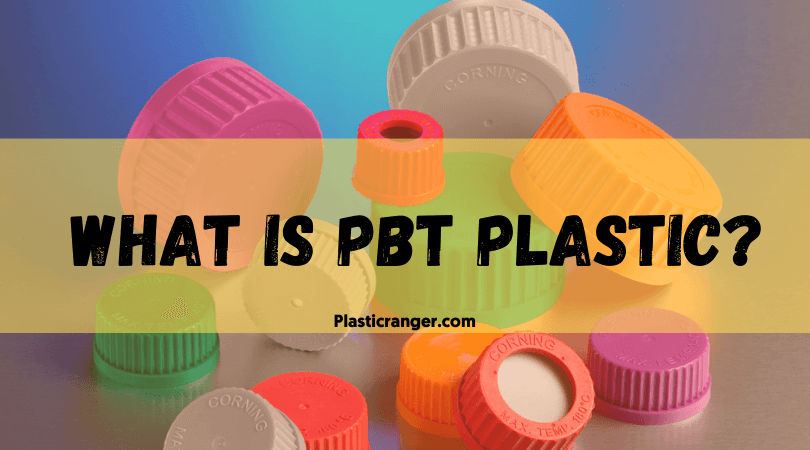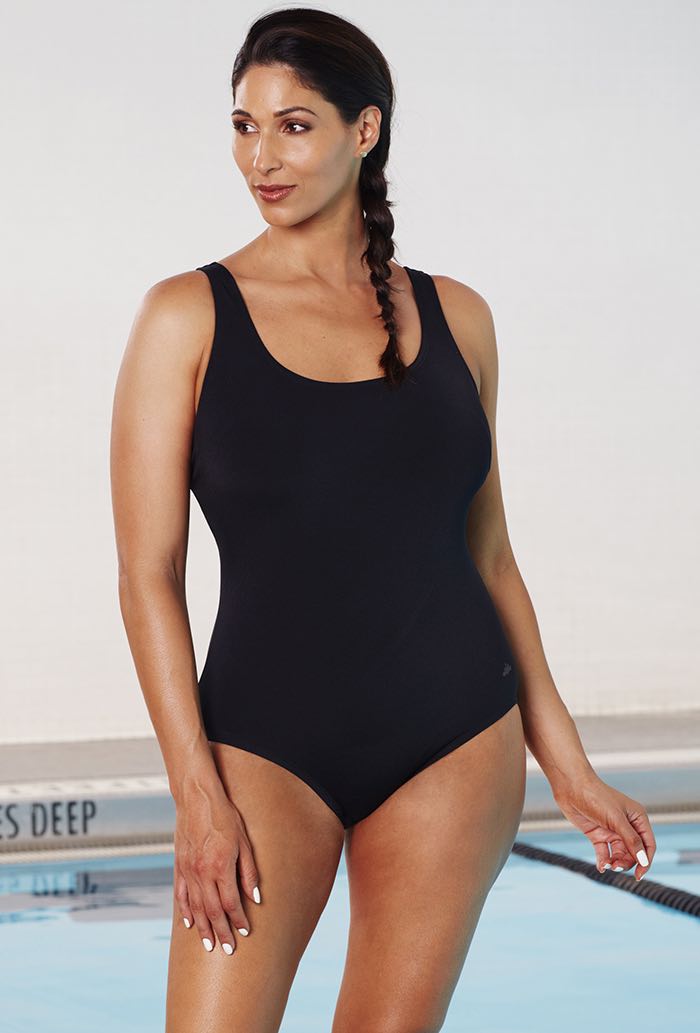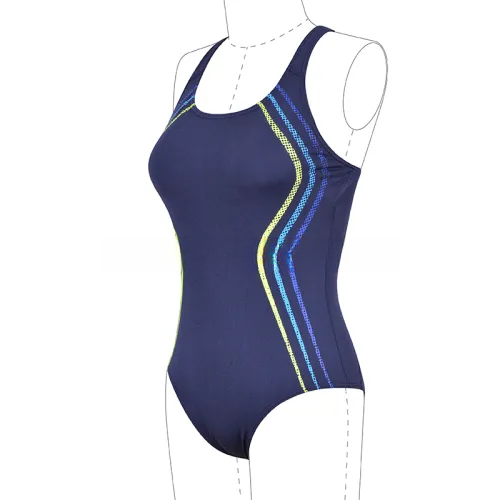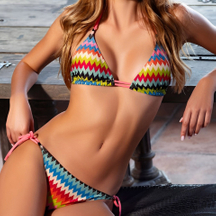Content Menu
● Introduction to PBT Material
● Benefits of PBT in Swimwear
● Comparison with Other Materials
● Applications in Competitive Swimming
>> Key Features for Competitive Swimmers
● Environmental Impact
>> Sustainable Practices in Swimwear Production
● Comfort and Performance Features
>> User Experience
● Innovations in Fabric Technology
● Conclusion
● Questions & Answers
>> 1. What is PBT material?
>> 2. Why is PBT preferred in swimwear?
>> 3. How does PBT compare to Lycra?
>> 4. Is PBT environmentally friendly?
>> 5. What are the applications of PBT outside swimwear?
● Citations:
Introduction to PBT Material
PBT, or Polybutylene Terephthalate, is a type of polyester that has gained significant traction in the swimwear industry due to its unique properties. This synthetic fiber is celebrated for its exceptional elasticity, durability, and resistance to chlorine, making it an ideal choice for both competitive and recreational swimwear. As the demand for high-performance swimwear continues to rise, understanding PBT material becomes essential for manufacturers and consumers alike.

Benefits of PBT in Swimwear
PBT material offers several advantages over traditional swimwear fabrics:
- Elasticity: PBT provides excellent stretch and recovery, allowing swimwear to maintain its shape and fit snugly. This elasticity is crucial for competitive swimmers who require a streamlined silhouette to reduce drag in the water.
- Durability: Highly resistant to wear and tear, PBT ensures longevity even with frequent use. Its robust nature allows it to withstand the rigors of regular swimming sessions without compromising performance.
- Chlorine Resistance: Unlike many other materials, PBT does not degrade quickly in chlorinated water. This quality makes it perfect for regular swimmers who frequent pools, as it helps maintain the integrity of the swimwear over time.
- Quick Drying: PBT has low water absorption, which means it dries quickly after swimming. This feature enhances comfort and convenience, especially for those who transition from water activities to other pursuits.
Comparison with Other Materials
When comparing PBT with other common swimwear materials like Lycra and traditional polyester, several distinctions emerge:
| Feature | PBT | Lycra | Traditional Polyester |
| Elasticity | Excellent | Superior | Good |
| Chlorine Resistance | High | Moderate | Low |
| Quick Drying | Yes | Yes | Yes |
| Durability | Very High | Moderate | Good |
| Texture | Matte | Slick | Varies |
PBT stands out due to its matte texture and superior performance in water. While Lycra offers superior stretch, it tends to degrade faster when exposed to chlorine, making PBT a more durable option for swimwear.
Applications in Competitive Swimming
PBT is favored in competitive swimming due to its ability to withstand rigorous use while maintaining performance. Its resistance to UV radiation and chemicals further enhances its suitability for outdoor swimming environments. Many professional swim teams and athletes opt for PBT-based suits because they provide a competitive edge through improved fit and durability.
Key Features for Competitive Swimmers
- Streamlined Fit: The snug fit of PBT swimwear reduces drag in the water, which is essential for competitive performance.
- Enhanced Recovery: After being stretched during use, PBT fabric returns to its original shape, ensuring that the suit remains form-fitting throughout its lifespan.
- Moisture Management: The quick-drying properties of PBT help regulate body temperature during training sessions or competitions.

Environmental Impact
As with any synthetic fiber, the environmental impact of PBT is a consideration. However, its durability means less frequent replacement is necessary, potentially reducing waste over time. Additionally, many manufacturers are exploring eco-friendly production methods by using recycled materials to create PBT fabric, aligning with the growing demand for sustainability in fashion.
Sustainable Practices in Swimwear Production
- Recycled Materials: Some brands are now producing PBT from recycled plastics, reducing the environmental footprint associated with new fabric production.
- Longer Lifespan: The durability of PBT means that swimwear made from this material lasts longer than alternatives, contributing to less waste overall.
Comfort and Performance Features
Beyond its technical specifications, PBT also excels in comfort:
- Breathability: The fabric's structure allows for adequate airflow, keeping swimmers comfortable during extended wear.
- Soft Texture: Unlike some synthetic fabrics that can irritate the skin, PBT is soft against the body, minimizing chafing during movement.
- Lightweight Feel: Swimmers often prefer lightweight materials that do not weigh them down while performing in water.
User Experience
Swimmers frequently report a positive experience with PBT swimwear due to its combination of comfort and performance. Athletes appreciate how the fabric moves with their bodies without feeling restrictive or heavy.

Innovations in Fabric Technology
The evolution of fabric technology has led to significant advancements in swimwear materials. PBT is often combined with other fibers or treated with special coatings to enhance its properties further:
- UV Protection: Many modern PBT fabrics come with added UV protection, making them suitable for outdoor swimming without fear of sun damage.
- Anti-microbial Treatments: Some manufacturers apply anti-microbial treatments to prevent odor buildup from sweat and chlorine exposure.
Conclusion
PBT material is revolutionizing swimwear with its blend of comfort, durability, and performance. As more brands adopt this innovative material, swimmers can enjoy enhanced experiences in the water without compromising on quality or sustainability. With ongoing advancements in fabric technology and a growing emphasis on eco-friendly practices, the future of swimwear looks promising with PBT at the forefront.

Questions & Answers
1. What is PBT material?
- Answer: PBT, or Polybutylene Terephthalate, is a type of polyester known for its elasticity, durability, and chlorine resistance, making it ideal for swimwear.
2. Why is PBT preferred in swimwear?
- Answer: PBT is preferred due to its excellent stretch, quick-drying properties, and resistance to chlorine and UV radiation, enhancing performance and longevity.
3. How does PBT compare to Lycra?
- Answer: While both are elastic materials, PBT offers a matte texture and is less slick than Lycra; it also has superior chlorine resistance compared to Lycra's moderate resistance.
4. Is PBT environmentally friendly?
- Answer: Although PBT is a synthetic fiber, its durability means less frequent replacement can reduce waste; many brands are also producing it from recycled materials.
5. What are the applications of PBT outside swimwear?
- Answer: Beyond swimwear, PBT is used in activewear and other sports apparel due to its performance characteristics like elasticity and moisture management.
Citations:
[1] https://www.abelyfashion.com/the-versatility-of-pbt-material-in-clothing.html
[2] https://liveandbreatheactive.com/blogs/knowledge-centre/choosing-the-right-fabric-for-swimwear-a-guide-to-performance-materials
[3] https://brydenapparel.com/pbt-fabric/
[4] https://www.welonswimwear.com/news-pbt-fabric-in-swimwear.html
[5] https://bombshellbayswimwear.com/blogs/ghost-nets-and-what-they-are-doing-to-our-oceans/what-is-the-best-fabric-for-swimwear-explained
[6] https://genosports.en.made-in-china.com/product/OQIUAdiGAvWF/China-Professional-One-Piece-Racing-Swimwear-PBT-Athlete-Women-Knee-Swimsuit-Sports-Competition-Tight-Bodybuilding-Bathing-Suit.html
[7] https://nichesources.com/swimwear-fabric.html
[8] https://www.kiefer.com/blog/post/the-science-behind-swimwear-fabric.html
[9] https://www.simplyswim.com/blogs/blog/what-is-good-quality-swimwear-made-from-and-how-does-it-improve-performance-in-the-water
[10] https://genosports.en.made-in-china.com/product/rAopBuMCbtVk/China-Chlorine-Resistant-Italy-PBT-Sports-Training-Racing-Bikinis-Swimsuit-Beach-Swimwears-for-Women-Girl-Swimming.html
[11] https://www.essenuoto.com/changelanguage/1?returnurl=%2F20029-pbt-waterpolo





































